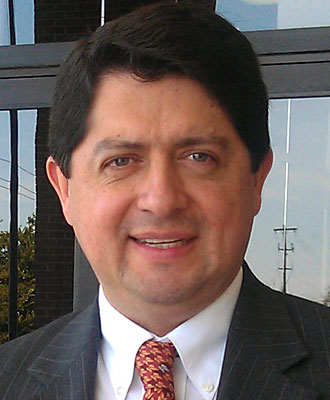Abstract
The search for hydrocarbons in tight reservoirs has become an integral part of the portfolio for oil and gas companies these days. Predicting reservoir quality indicators from tight facies such as organic-rich shales, tight oil carbonates, tight sands, and coal seams is a complex challenge demanding a multi-disciplinary effort. By following an integrated geosciences approach, the prediction of facies heterogeneity, pore fill distribution, porosity types, and pressure/stress conditions provides optimal results generating reservoir quality indicators and combining conceptual elements from petrophysics, rock physics, petroleum geology, geomechanics, and geophysical analysis.
Based on best practices developed on tight reservoirs around the globe over the years, robust elastic and mechanical rock property end-member models have been widely applied to predict reservoir quality and reservoir performance at well locations, and more importantly, away from wells. These models, based on regional core measurements and integrated elastomechanical earth models, and supported by regional petroleum systems, are validated and calibrated to reliably predict the seismic response from reservoir facies with the highest expected quality (e.g., high-TOC, high-porosity, dolomite-rich, brittle facies.
Biography
Cristian Malaver is vice president of quantitative interpretation at Ikon Science Americas. He is a geophysical engineer with more than 20 years of experience in integrating geosciences best practices for hydrocarbon exploration, development, and production around the globe. His main areas of expertise have involved technology development and technical management in unconventional rock physics, reservoir geophysics, and quantitative interpretation while working for BHP Billiton, CEPSA, ADCO, EP Energy, and Occidental. Formerly, he worked in project management and field supervisory roles for geophysical and geological operations for ConocoPhillips and GAPS. Cristian holds masters degrees in geophysical engineering and seismic engineering from Colorado School of Mines and Universidad de los Andes respectively.






